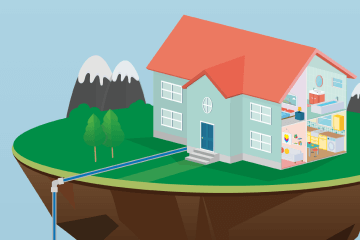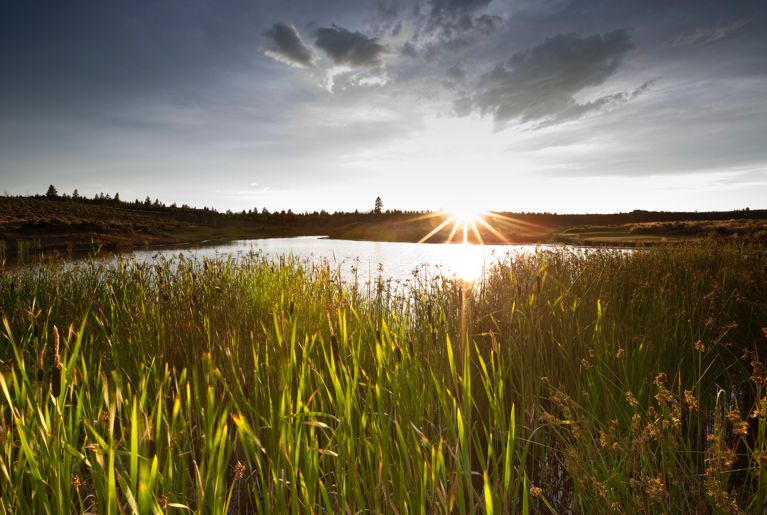Treatment
See the key stages in the treatment of wastewater.
How wastewater is treated
Different devices are used to recycle the wastewater including filters and chemical treatments that are designed to remove biological or chemical waste from the water.

1. Preliminary treatment
This stage removes materials from the raw wastewater that could damage our equipment. This screening involves removing: paper and plastics; grit removal; flow balancing; fat and grease removal.

2. Primary treatment
In this stage wastewater flows through large primary sedimentation tanks with mechanical scrapers. These tanks use gravity to settle the solids. The solids are then transferred to sludge treatment facilities.

3. Secondary treatment
This stage adds large amounts of air to degrade the biological content of the wastewater. Most wastewater treatment plants treat the settled wastewater liquor using aerobic processes.

4. Floc formation
We use bacteria and protozoa to consume soluble contaminants like sugars, fats and organic short-chain carbon molecules. A lot of the less soluble fractions are bound into clumps of fine particles that we call floc.
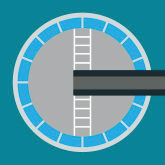
5. Final settlement
The wastewater is now passed through final settlement tanks. These tanks use gravity settlement and mechanical scrapers to remove the floc.
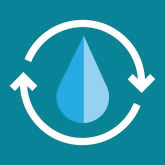
6. Tertiary treatment
Some wastewater treatment plants improve the wastewater quality further using tertiary treatment.

7. Nutrient removal
To meet discharge licence conditions we reduce the levels of nutrients, such as nitrate and phosphorus. We do this through biological processes and chemical addition in the secondary and final settlement stages.
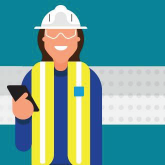
8. Quality control
Our quality control measures include regular laboratory testing of the final treated wastewater. This is to ensure the cleaned water has no detrimental effects on aquatic life or other water users.
